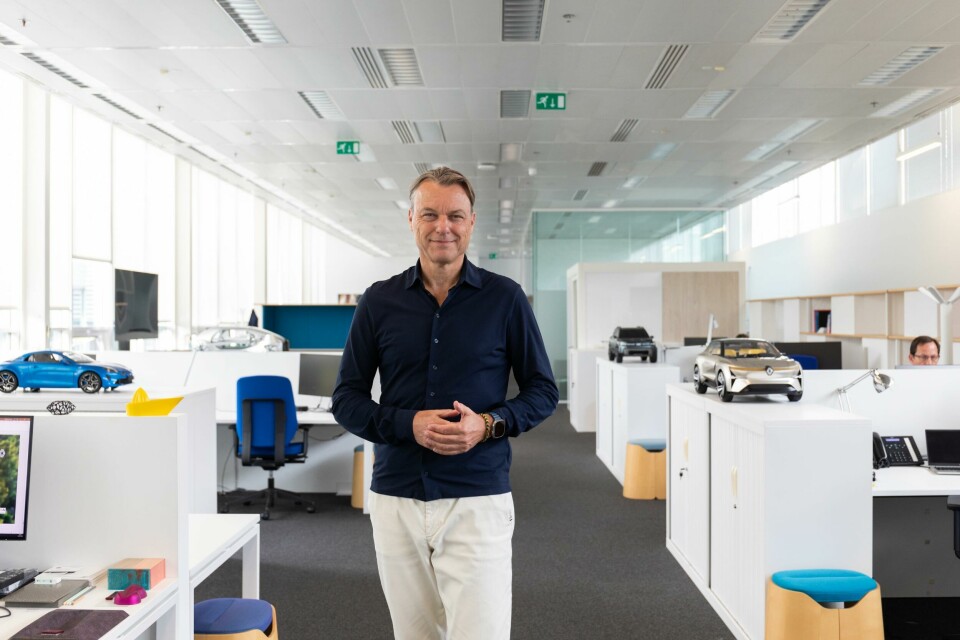
Laurens van den Acker on the state of Renault design
After a stellar 2024, Renault Group has shown that when it comes to navigating choppy waters of the European car industry, it helps to have a clear idea of who you are
2024 was Renault Group’s year. To kick things off, the French carmaker took advantage of the weak offering at the final Geneva Motor Show to dominate the floor with an eye-catching stand showcasing the Renault 5 E-Tech. It then bookended the year with an equally strong showing from all the brands at the Paris Motor Show in October.
The jewel in the crown is the 5 – a well-judged revival of a beloved nameplate that falls on the right side of retro. The concept scooped numeruous awards, despite appearing sans interior and the production car was equally impressive with design director Gilles Vidal feted at the CDN People awards 2024.
The 4 followed, adopting a more utiliarian countenance. But there is strength in depth with the line up, not least from the other brands in the Group’s stable. Take Dacia, which has morphed from bargain basement offering into a rugged lifestyle brand by virtue of a chunky design language and improved package.
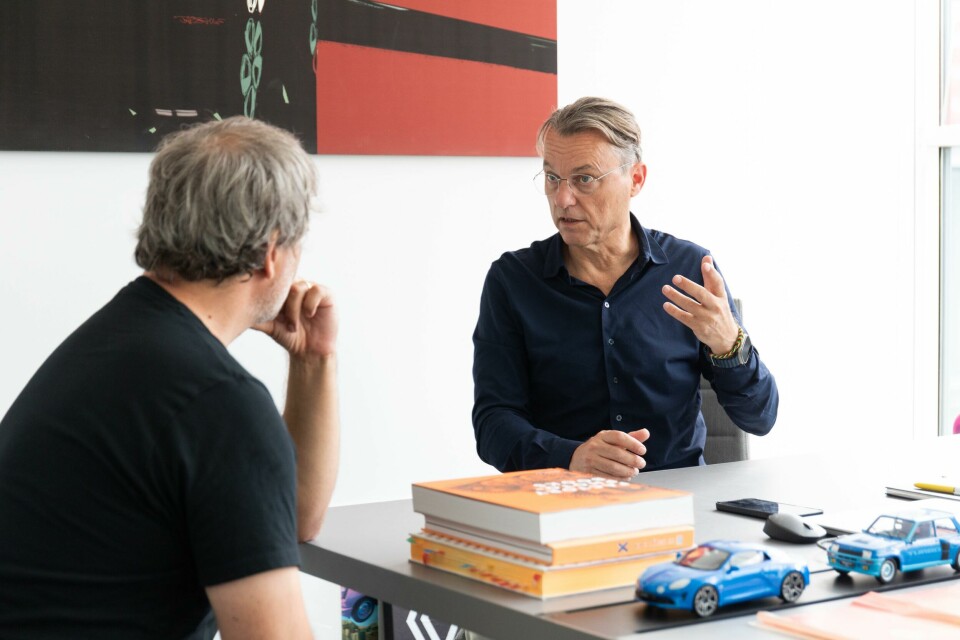
Design continues to play a leading role in the renaissance but this flows downstream from clearly defining what each brand is and does
Alpine, meanwhile, has ambitions to build on the success of its A110 sportscar: another prime example of reinventing a historic name from the archives. And indeed, the brand takes on a very different meaning when you look at individual models and their competitors: the A290 has a natural rival in the John Cooper Works Mini while the A110 would jockey for position with the Porsche Cayman.
Dacia has been the sleeper hit of the last couple of years. Under the direction of David Durand, the brand has shifted the window on what budget can mean in current times. The award-winning Manifesto concept was brilliantly refreshing and set the direction of travel. To their credit, Durand and his team have stayed the course, making compromises while remaining fully committed to the original vision as evidenced by the Bigster and the Duster.
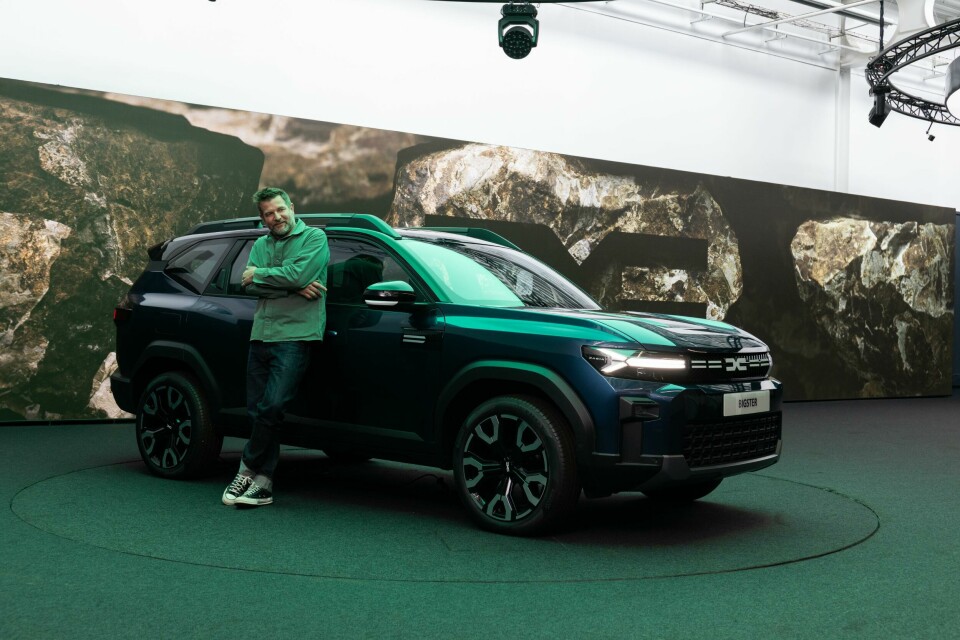
There is interesting work going on in the mobility space too, with Mobilize headed up by Jean-Philippe Salar who was featured in Car Design Review 11. “They cover everything we design that is not a car,” is how design supremo Laurens van den Acker sums it up. In practice, that means last-mile delivery services, micromobility vehicles (not strictly cars) and connected services.
Design continues to play a leading role in the renaissance but this flows downstream from clearly defining what each brand is and does. When CDN visited the headquarters in the summer of 2024, van den Acker was quick to point out how the layout of the design studios maintains the dividing lines between the brands while fostering healthy competition among the teams.
Every brand has a director that pushes it like crazy
“You can keep everything secret and try to instil competition by inventing a mythical competitor. I try to encourage the teams to inspire each other,” he says. “Not to copy, but to learn from each other. If Dacia or Mobilize is doing something fantastic, we share it. There are no walls.” The statuesque Dutchman (is there any other kind) means that literally: there are sightlines so every studio can see what the other is up to. The studios themselves are pushed to each of the corners of a square layout.
“Renault is the biggest team, probably 60 percent of our workload,” says van den Acker. “Our plan is to equilibrate the brands a little bit more: Dacia and Alpine get a few more cars and Renault gets fewer cars.”
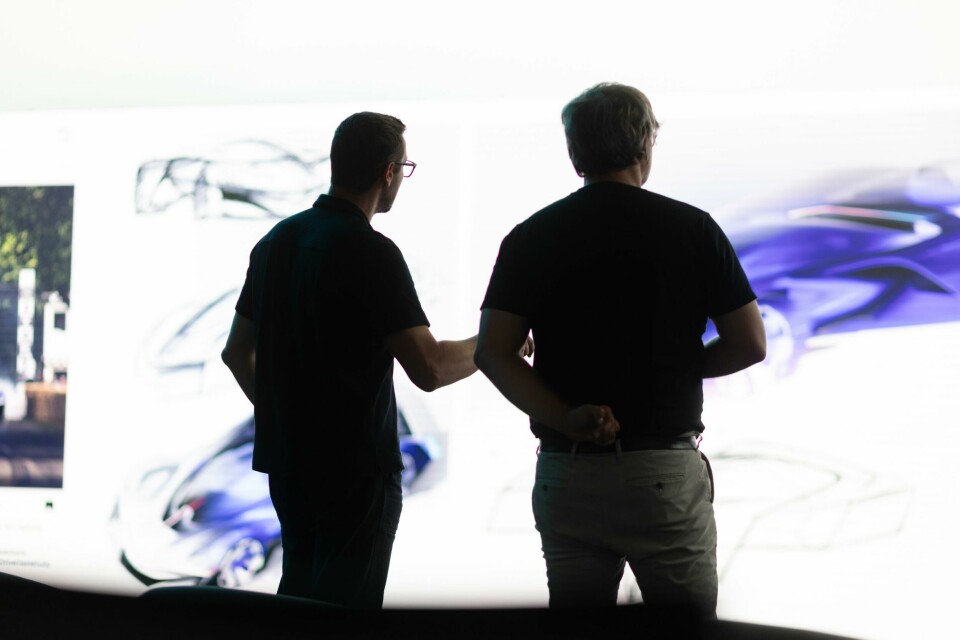
The designer credits CEO Luca de Meo who joined Renault in 2020 with providing the impetus to push design forward. “When he joined, we were in the hole, maybe not design-wise, but it was the end of a generation and we needed to create a new one. Luca created a brand organisation with a business unit for each brand, so each of which has a CEO now.
“That also means every brand has a director that pushes it like crazy,” van den Acker continues. “Renault is the biggest animal and is reinventing itself with Gilles Vidal where it concentrates on two things: future icons and legendary icons. So the Twingo, the 5 and the 4. The Clio plus other vehicles that will come.”
Renault has been particularly good at speeding up the development process. The 5 concept was shown in 2021 and hit the market three years later. The Twingo is a test case for shaving a year off that time period. “We are doing this with the help of a supplier in China because we want to learn from their methods. Speed is not really a design problem, we can go fast. But you need all the suppliers lined up to move much quicker through what we know as the convergence period.”
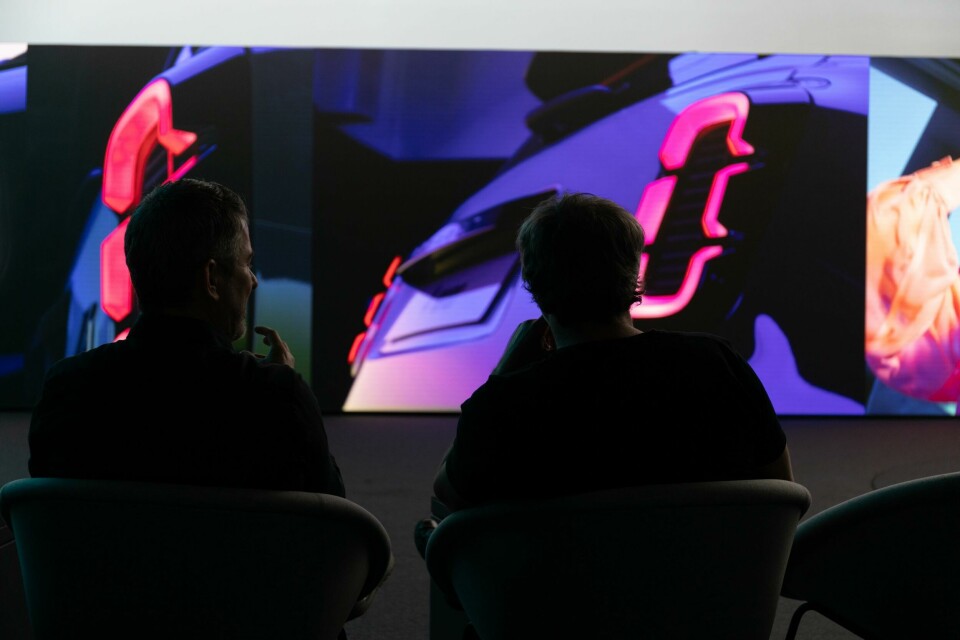
AI is playing a role in speeding things up, too. When it comes to the design process, van den Acker says the teams are experimenting in both organic and structured ways. “The trouble with AI is it produces so much that you lose time having to choose,” he notes. Designers, as CDN has previously observed, will need to become editors as well as being much better versed in adjacent design fields.
Cars, though not sentient (yet), are no longer mute mechanical objects
Speed is one thing, but to survive and succeed innovation is a must. The appointment of Francois Farion in March 2023 as design director of innovation, sustainability and CMF Process has moved the dial on sustainability within Renault, pushing both suppliers and the brand’s own design teams to consider the environmental cost. “Design must be at the frontlines. If there is something new happening, we need to be the first. Francois has the experience to understand the advanced stage and the production stage.”
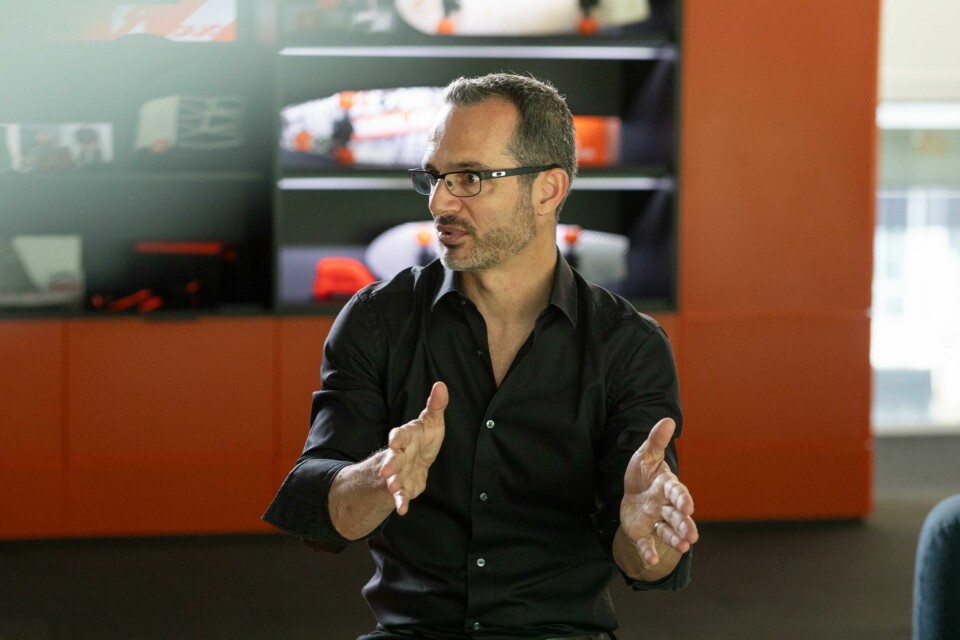
Of course, ever tighter regulation is helping force the hands of European OEMs but there is no denying it is producing tangible results. “We are getting some cars up to 30% recyclable. The Duo and Bento are 50-55 percent recycled materials. We want to be a real player.”
Technological innovation is the other side of the same coin. Cars, though not sentient (yet) are no longer mute mechanical objects. The dynamic between consumer and car is now more complex and layered than ever before. We are still at the early stages of connected cars, and so far not everyone is convinced this is true progress. For, van den Acker, the future is clear.
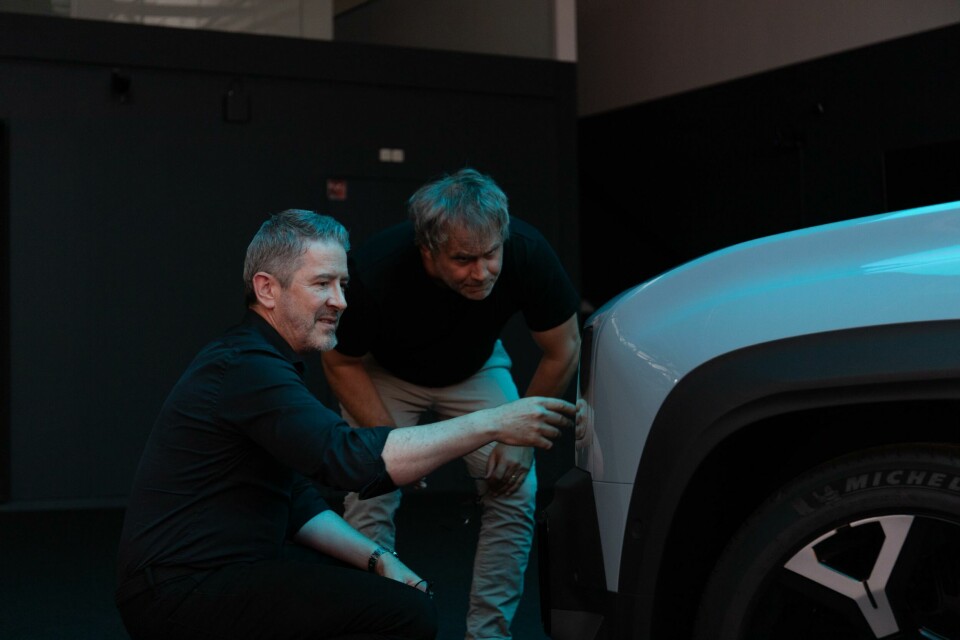
“Now that cars are starting to become intelligent, they can anticipate what you want. The 5 has our first avatar that is linked to ChatGPT. I am sure that everyone in the next five to ten years will have a personal assistant on their phone to help organise their life. The car will become part of that ecosystem.
“Further ahead, when cars become intelligent they can protect you even if you make a mistake while driving. To me the grail is they would never crash. You could take all these passive systems out of the car, hundreds of kilos of weight so they become more sustainable. And then you can design with almost complete freedom; cars will become truly beautiful objects.”
Now that is a sentiment we can all agree on.
All images copyright Car Design News/Peter Guenzel



